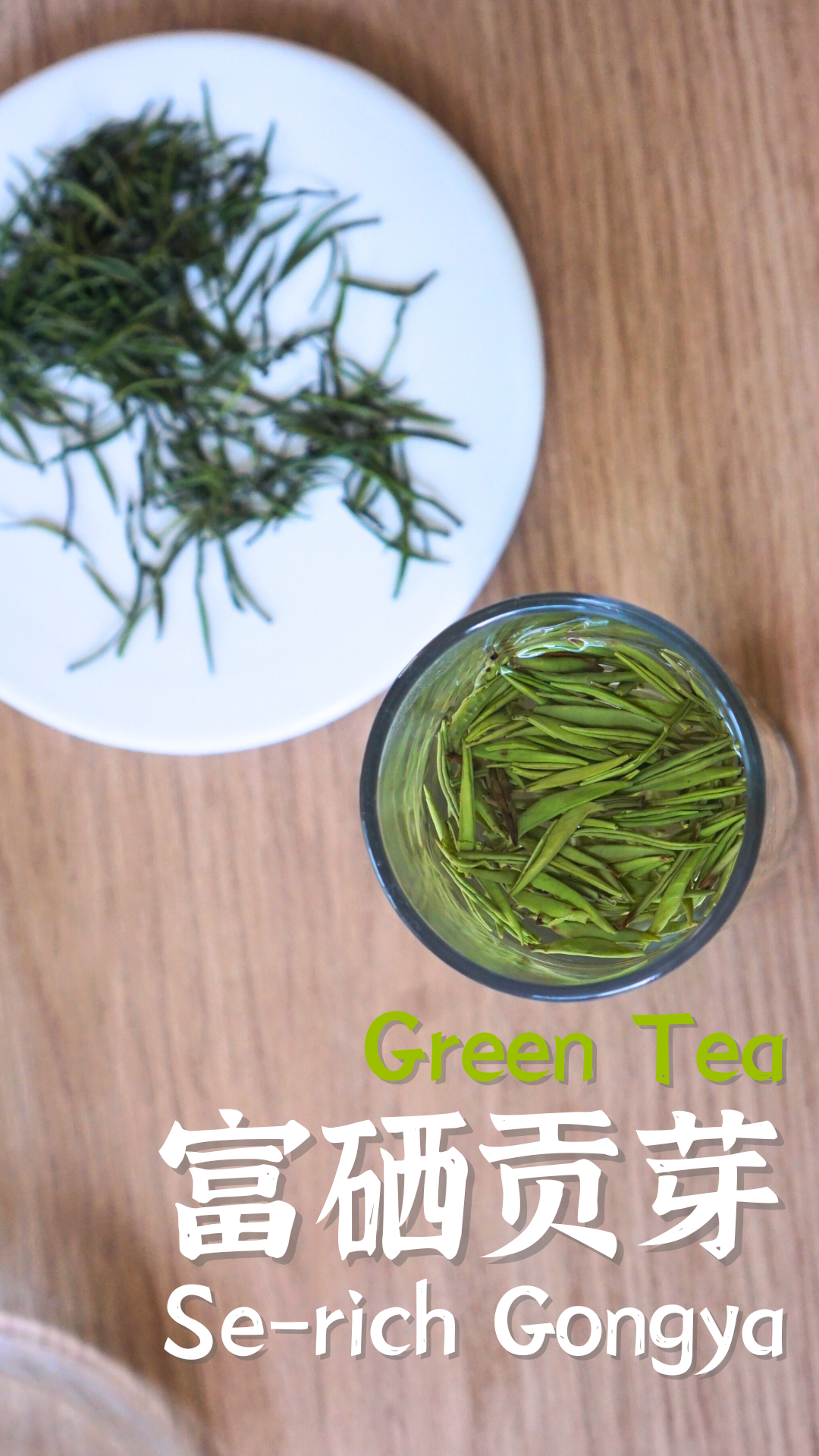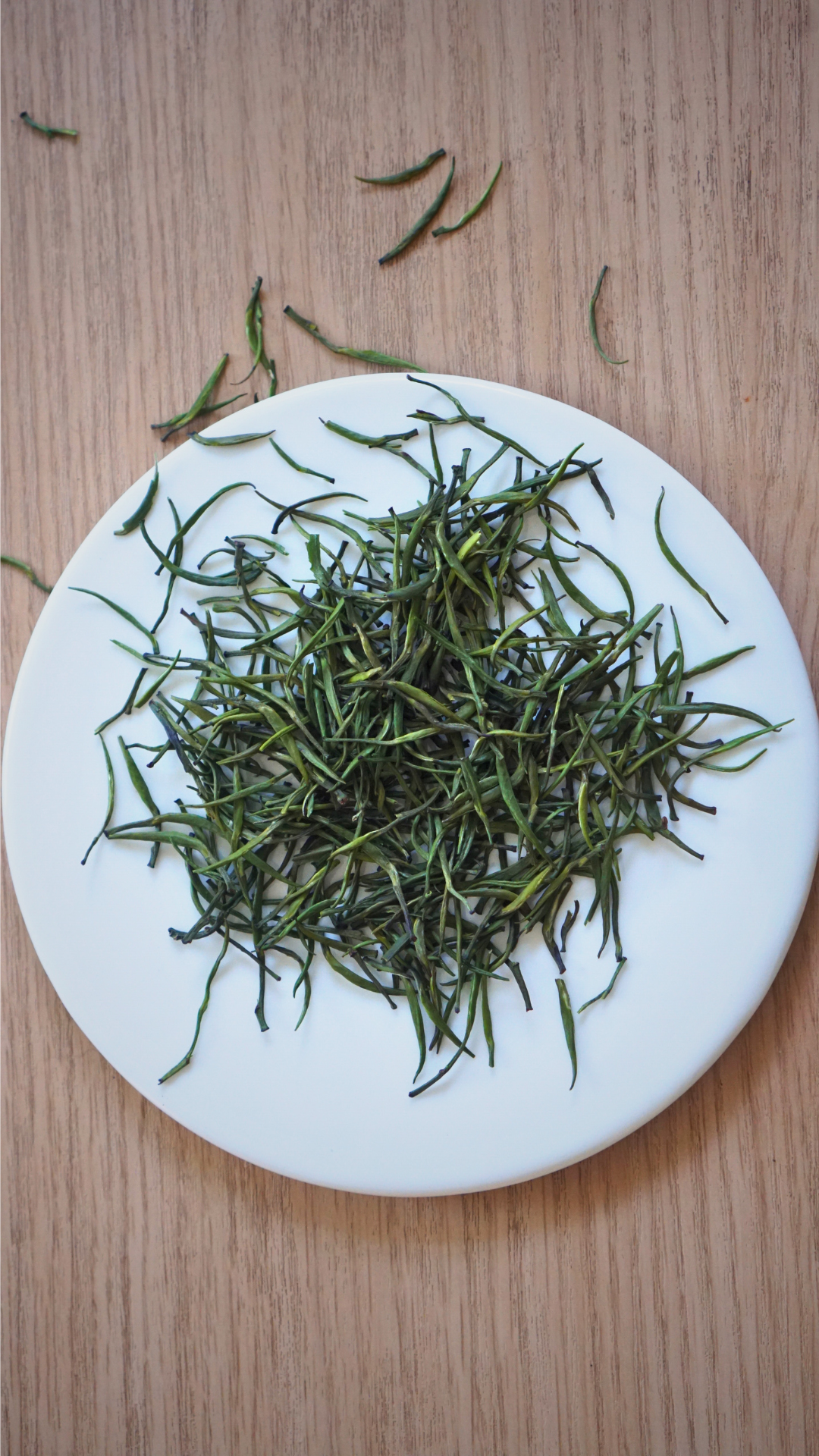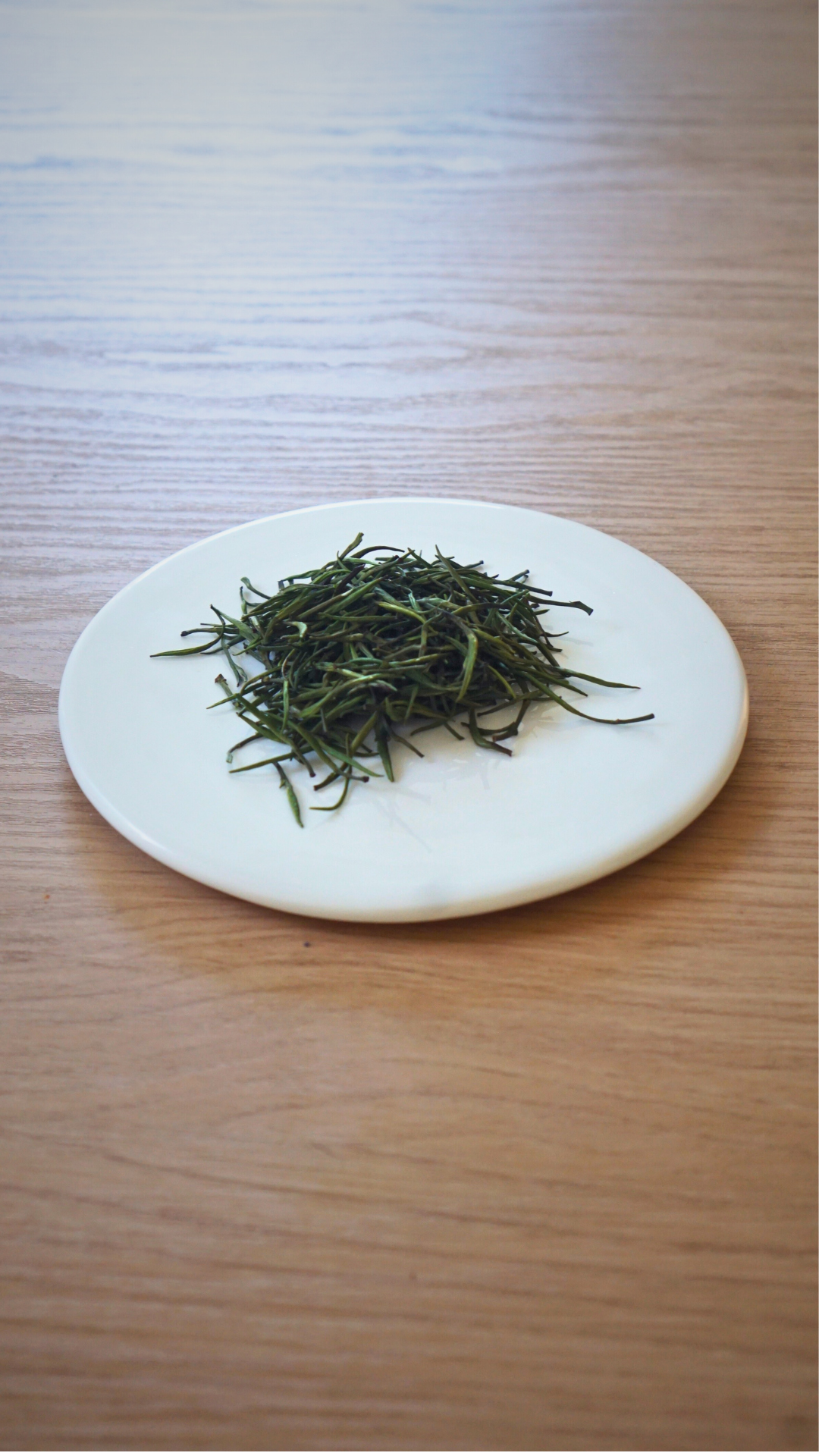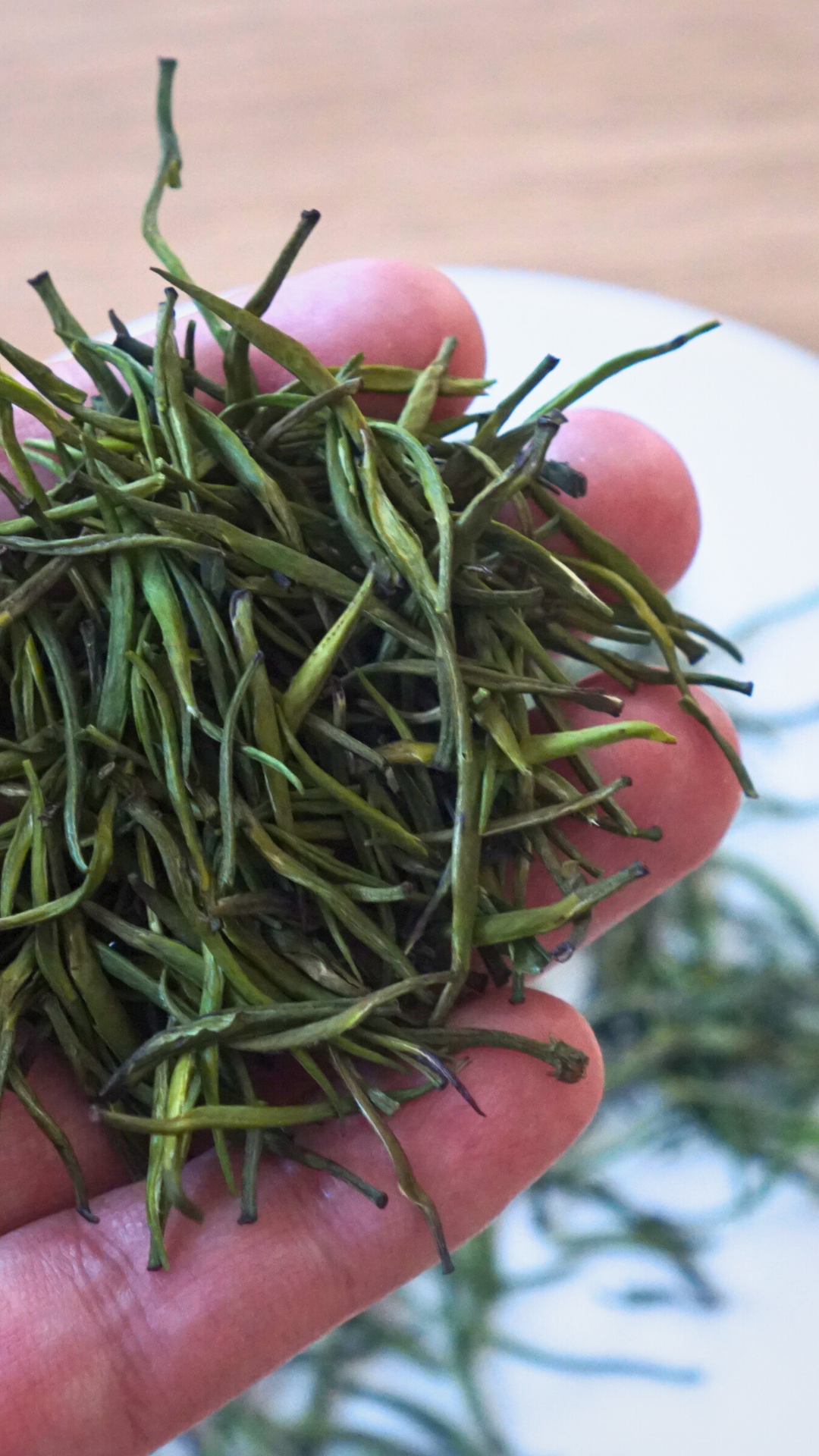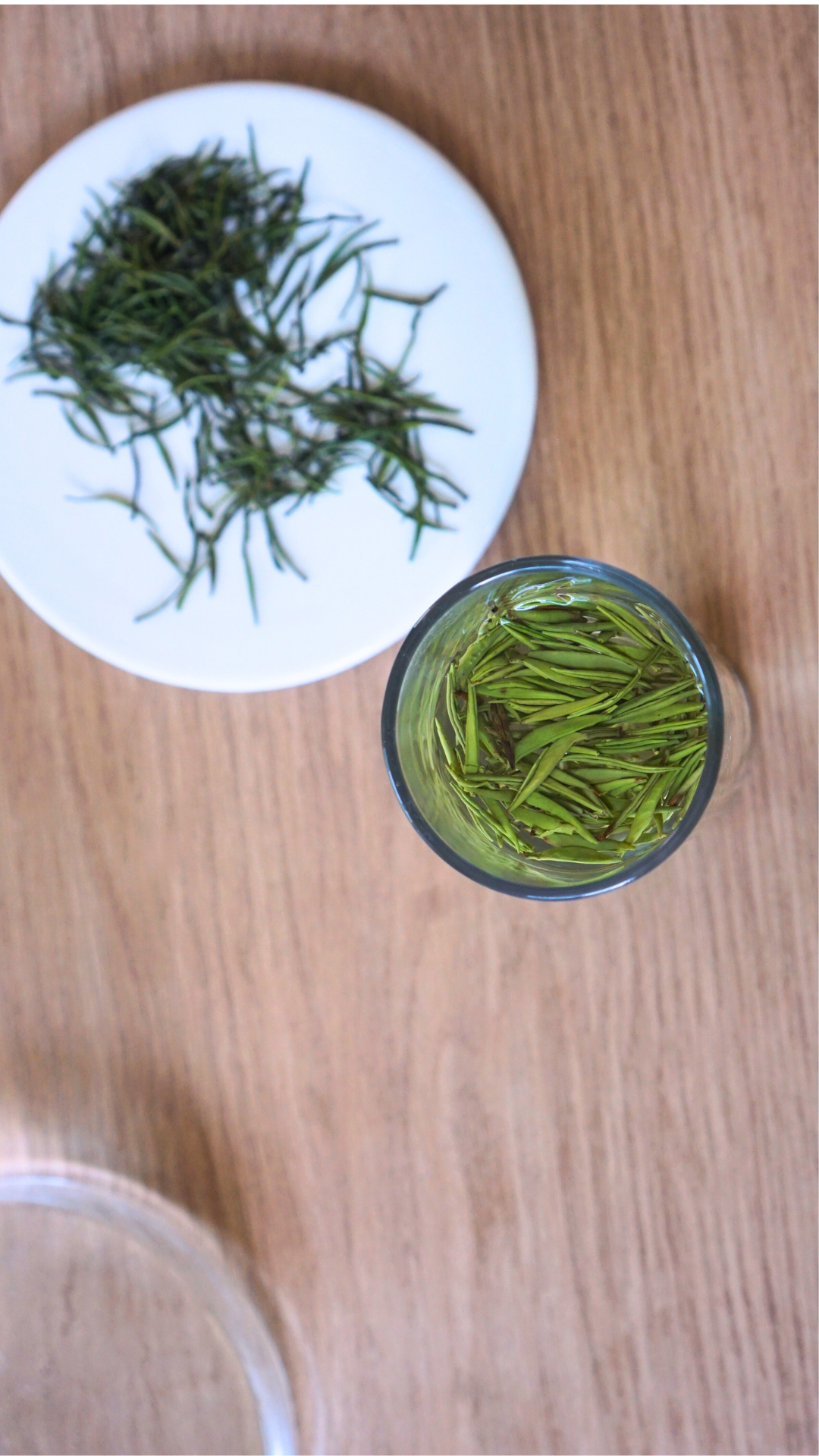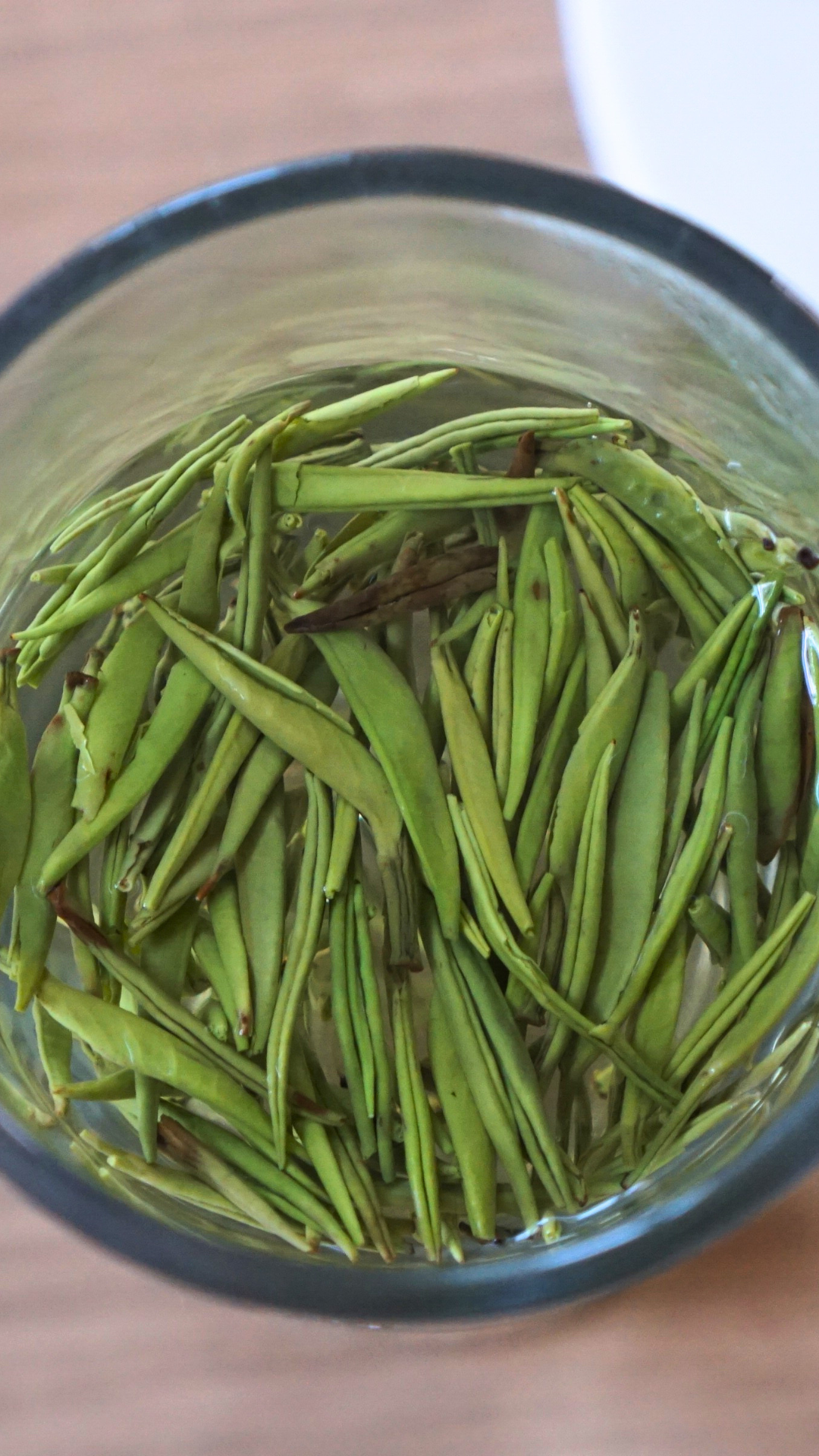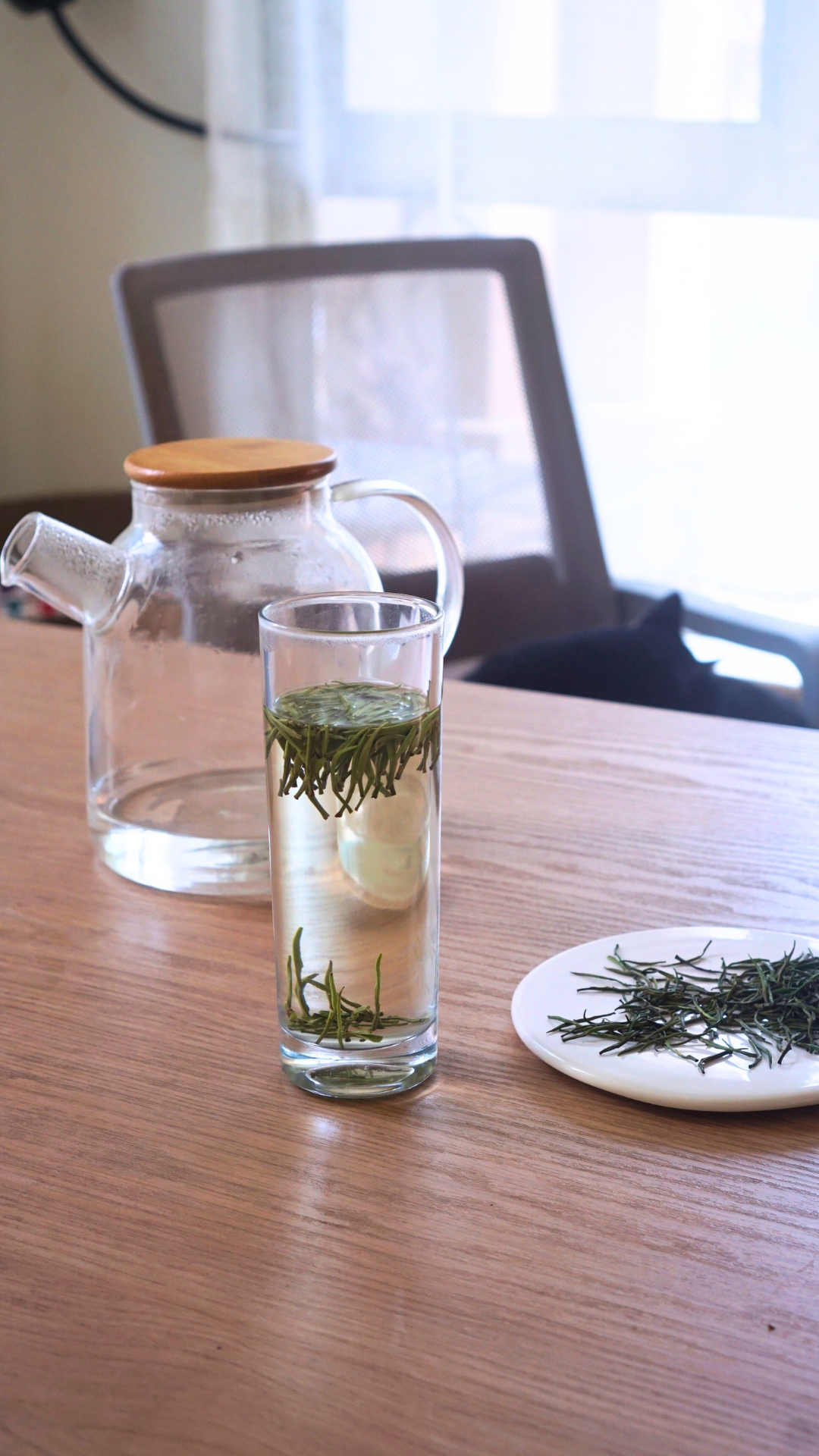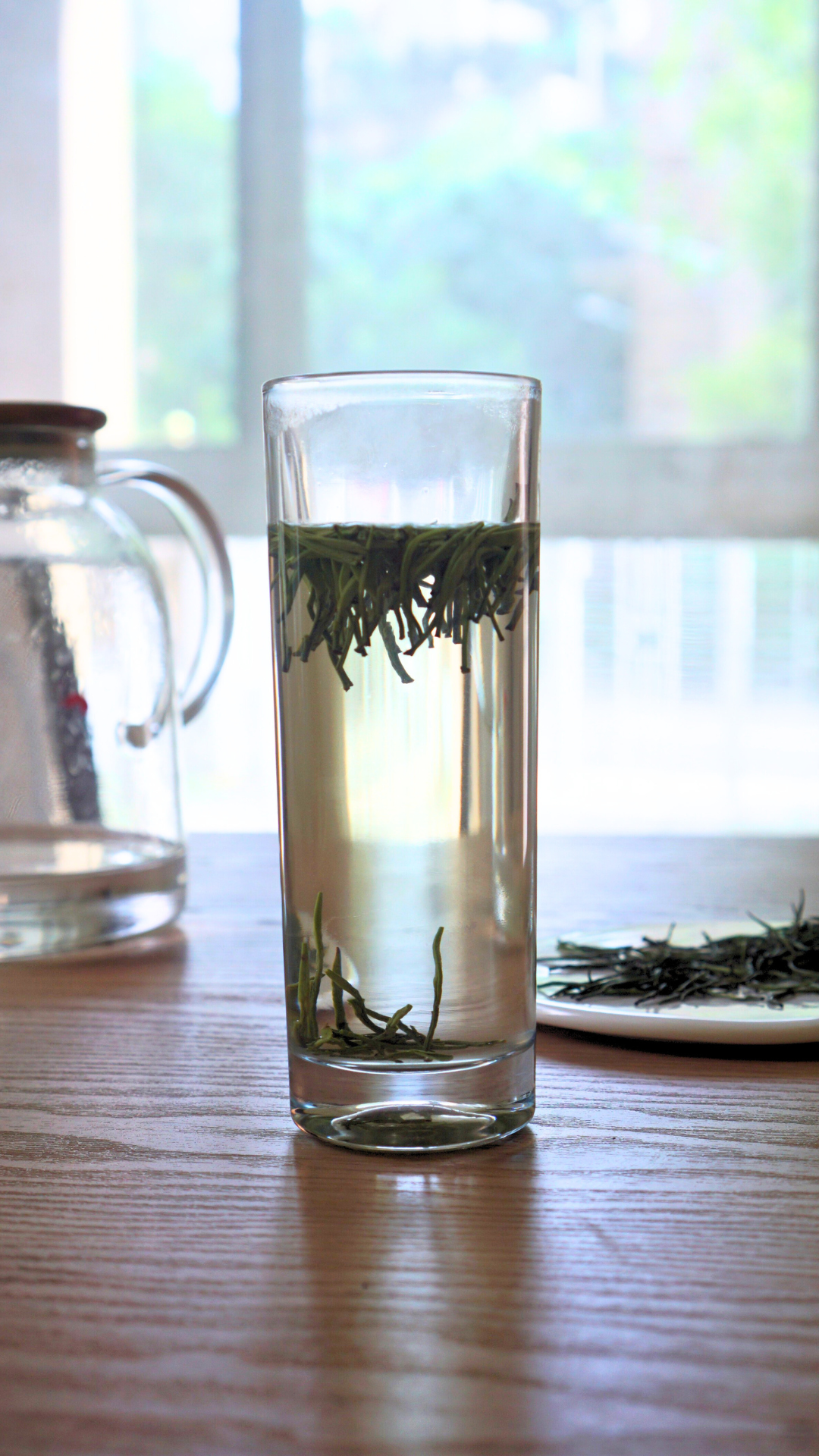Enshi Se-rich Steamed Buds
Enshi Se-rich Steamed Buds
富硒恩施蒸青贡芽
Selenium-rich Gong Ya, also known as Enshi Steamed Green-"Sparrow Tongue", is an extremely rare green tea made using steaming technology.
It is produced in the ecological tea region of the Enshi Tujia and Miao Autonomous Prefecture, where the selenium-rich soil results in high-quality tea leaves that are rich in amino acids, vitamins, and minerals.
This tea is made from the first harvest of tender buds picked before Qingming Festival. The buds are plump and all solid, with 40,000 buds needed to produce 500 grams of dried tea, making it a rare treasure among teas.
The dried tea buds have a flat and smooth appearance, and are heavy granules that, when placed in a vessel, produce a sound as the tea leaves collide. The tea liquid is tender green and bright, with a mellow and sweet taste, and a fresh scent with a sweet aftertaste.
Picking and Processing
Picking and Processing
The Enshi region of Hubei Province has a mild climate, abundant rainfall, and is often shrouded in mist. The Qingjiang River embraces the mountains below, while gentle slopes, broad valleys, and deep, fertile, sandy loam soil create an excellent ecological environment. This environment not only promotes the healthy growth of tea trees but also boosts their metabolism, resulting in particularly rich chlorophyll, protein, amino acids, and aromatic substances, making it an excellent source for producing Yulu tea with superb color, aroma, taste, and appearance.
This tea is made from dark green single buds that are steam-killed. Enshi Yulu Queshe tea has stringent picking and processing requirements. The buds and leaves must be tender and uniform. The finished tea has tight, slender, bright green, and uniform straight strands, shaped like pine needles. The tea liquor is clear and bright, with a fresh aroma and a sweet, mellow taste. The leaves, after brewing, are jade green. Its prominent characteristic is the "three greens": emerald green tea color, jade green liquor, and tender green leaves.
The production process involves steam-killing, followed by complex shaping steps to make the Yulu tea smooth, lustrous, and straight. The tea requires carefully graded fresh leaves with short internodes, uniform growth, and a bright green color. The production method includes steaming, air-drying, light firing, rolling, fine rolling, and drying. Steaming is done at 100℃ for 40-50 seconds, followed by rapid cooling with a fan to remove moisture, a process called "water drying." After cooling, the leaves are heated and shaped in shallow trays to evaporate water and loosely roll the strands, a process called "shoveling light fire." Then, rolling and fine rolling are performed to make the tea smooth, tight, slender, and straight. Shaping is mainly done by hand-rolling, using movements like scooping, rolling, lifting, and twisting to make the tea strands tight, slender, and round. The rolling force is reduced when the tea is 90% dry. Finally, the tea is dried in a baking cage, and yellow leaves, broken pieces, thick strands, old stems, and other impurities are removed. The tea is then wrapped in mulberry bark paper and stored in earthenware jars.
Nowadays, the production of Enshi Yulu, while still using steam-killing, employs more refined techniques. "Shaping and polishing," for example, is a crucial step in creating smooth, lustrous, straight, and tight Yulu tea with clear, bright liquor, a rich aroma, and a mellow taste. This process is divided into two stages. The first stage involves hand-rolling 0.8-1 kg of lightly fired leaves on a 50-80℃ baking oven. With palms facing each other, thumbs up, and fingers slightly bent, the tea leaves are held and rolled in one direction, with the right hand moving forward and the left hand backward. The tea clumps are continuously dispersed, shaping the leaves into long, thin, and round strands. When about 70% dry, the process moves to the second stage. This stage employs four alternating techniques: scooping, rolling, lifting, and twisting, to further shape and polish the tea until it reaches the desired dryness. The entire process takes 70-80 minutes.
Brewing
Brewing
Brewed with water at 85-90°C, the tea leaves unfurl, returning to their original, vibrant state. They initially float suspended in the cup, then gracefully descend to the bottom, like falling jade, releasing a refreshing aroma.
Green Tea Storage
Green Tea Storage
It's recommended to store about 50g of green tea in sealed bags in a cool, dark cabinet or drawer for daily use. If room temperature is high, refrigerate at 0-5°C. Store remaining tea sealed in the freezer. This way, green tea can maintain its flavor for up to 2 years.
First, high temperature is the biggest concern in storage. For tea leaves, especially green tea, temperature is the most crucial factor to monitor. This is mainly because high temperatures accelerate the degradation of chlorophyll in green tea, continuously converting it into pheophytin, causing the color to turn dark brown. Research shows that for every 10°C increase in temperature, the rate of browning accelerates 3-5 times, and tea leaves easily become stale. Additionally, high temperatures intensify the auto-oxidation of tea polyphenols, dramatically reducing their content and thereby decreasing the tea's value.
Second, light exposure is another factor to avoid when storing green tea. Especially during summer and autumn when light is much stronger than in other seasons, improper storage can cause plant pigments and lipids in green tea to undergo chemical reactions, producing various off-flavors and resulting in a sun-damaged taste.
Third, foreign odors must be avoided. Particularly in summer and autumn when temperatures are generally higher, items tend to emit strong odors during storage, and green tea easily absorbs these odors, leading to deterioration. Therefore, isolation from foreign odors is essential during storage.
Finally, oxygen is the root cause of off-flavors in almost all stored items. This is because oxygen can catalyze or play a crucial role in many chemical reactions. Tea polyphenols in green tea are strong antioxidants, making them highly susceptible to oxidation. After oxidation, the brewed tea turns deep yellow and loses its fresh green tea aroma.
Common Storage Methods for Green Tea
1. Plastic Bag and Aluminum Foil Storage Method: Choose food-grade plastic bags with seals, preferably those with high density and good material quality. Avoid using scented or recycled plastic bags. After placing tea in the bag, squeeze out as much air as possible. Using a second plastic bag in reverse direction is even better. Clear plastic bags should avoid sunlight exposure. Aluminum foil bags work on similar principles. Additionally, divide purchased tea into separate sealed bags, store them in the refrigerator, and brew in batches to minimize air exposure after opening, thus slowing quality deterioration.
2. Metal Container Storage Method: Choose iron, stainless steel, or dense tin containers. For new containers or those previously used for other items with residual odors, place some tea powder inside, close the lid, shake in all directions to wipe the inner walls, then discard to remove odors. Double-lidded stainless steel tea containers available in the market are convenient and practical. Using clean, odorless plastic bags inside metal containers with tape-sealed lids is even better. Metal containers with tea should be kept in cool, shaded places away from direct sunlight, odors, moisture, and heat sources. This prevents rust and slows tea aging and deterioration. Tin containers are particularly effective at preventing moisture, oxidation, light exposure, and odor absorption.
3. Low-Temperature Storage Method: Maintain tea storage environment below 5°C using refrigeration or freezer storage. Note that for storage periods under six months, refrigeration at 0-5°C is most economical and effective; for periods over six months, freezer storage (-10 to -18°C) is better. Tea should be properly packaged and completely sealed to prevent odor absorption. When purchasing large quantities, divide into small packages (containers) before refrigeration/freezing, and remove only the amount needed for brewing. Avoid repeatedly freezing and thawing the same package.
- Loose Green Tea
- 500g/pouch
- Free Shipping
Couldn't load pickup availability
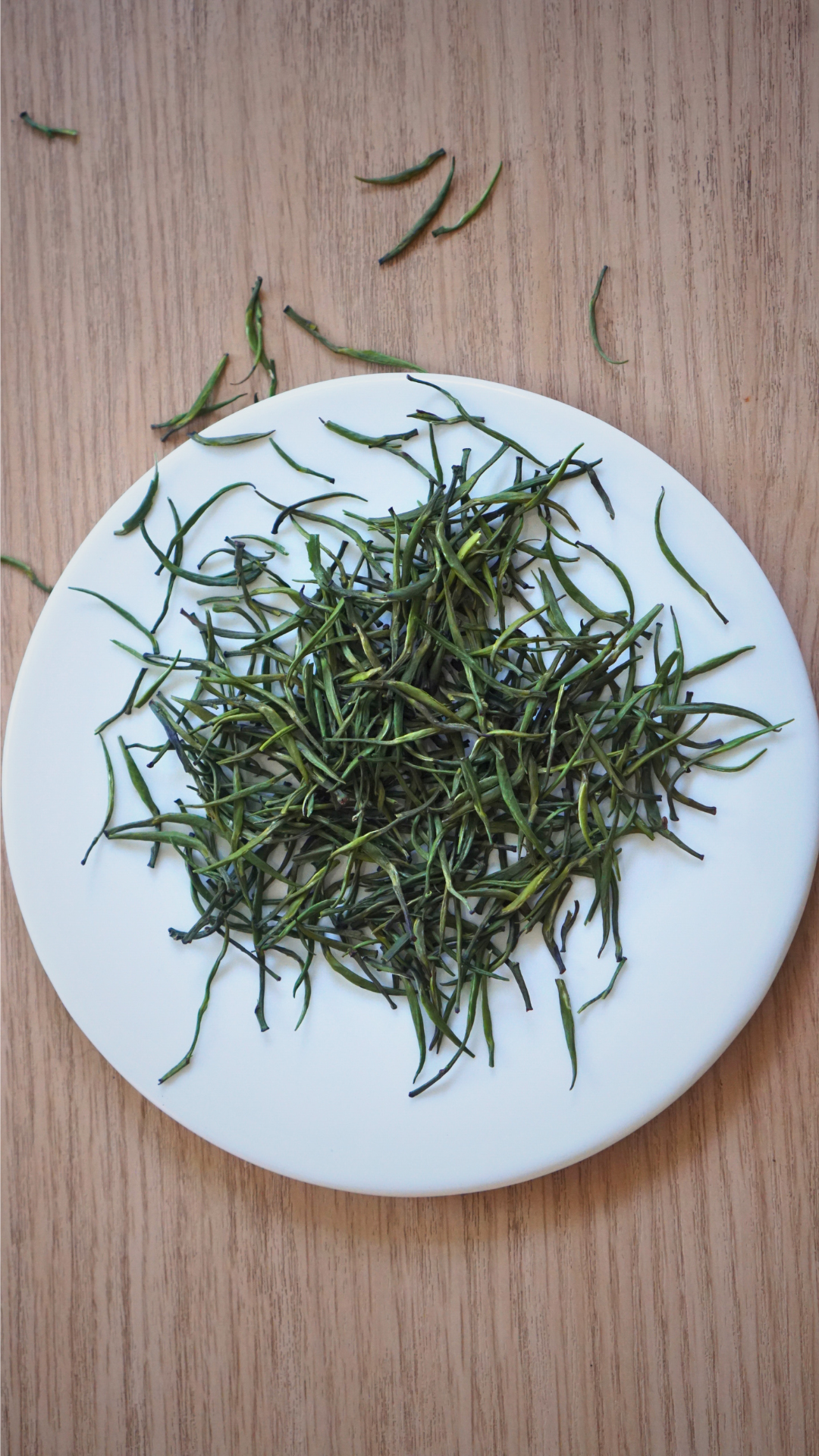
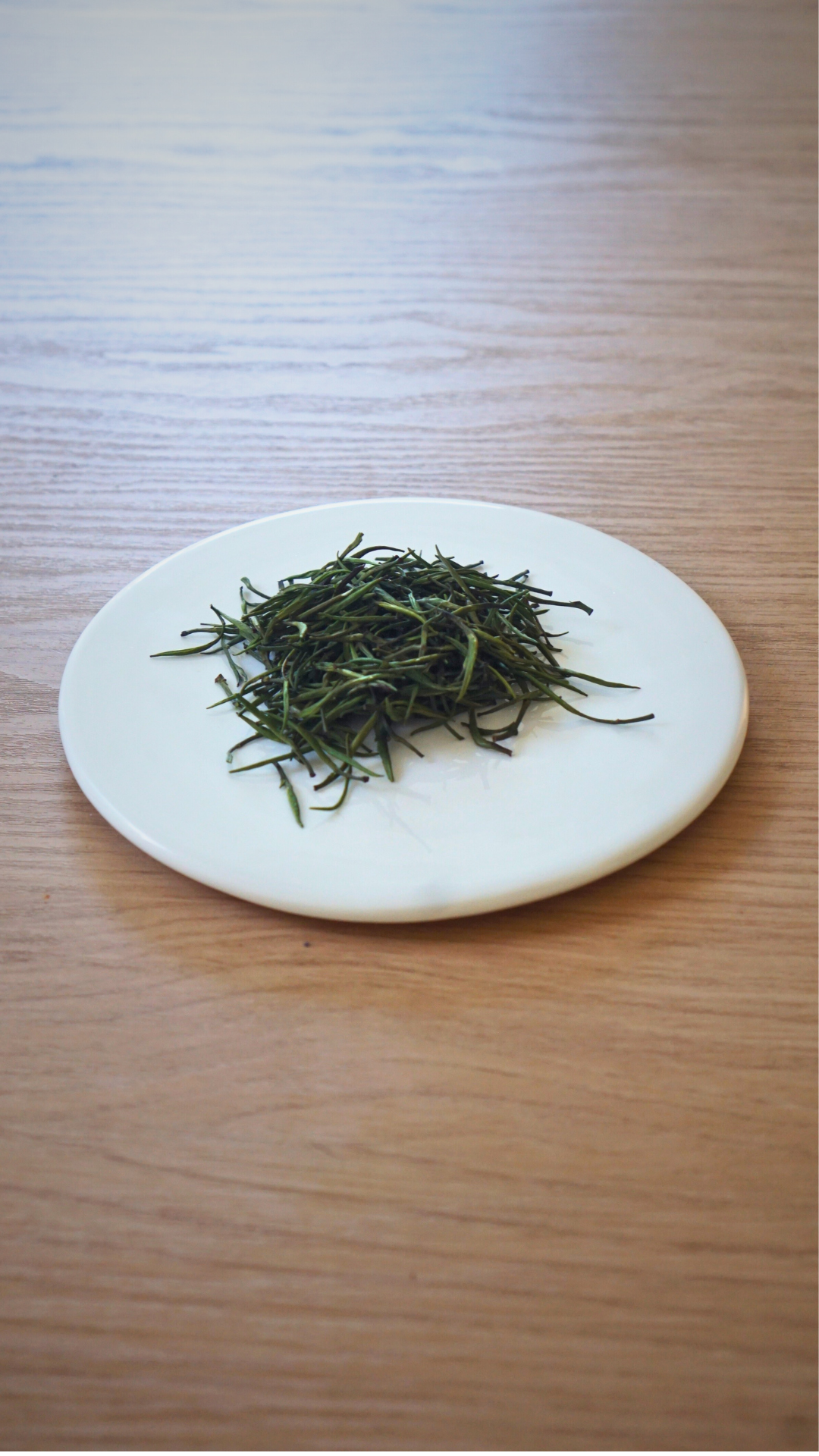
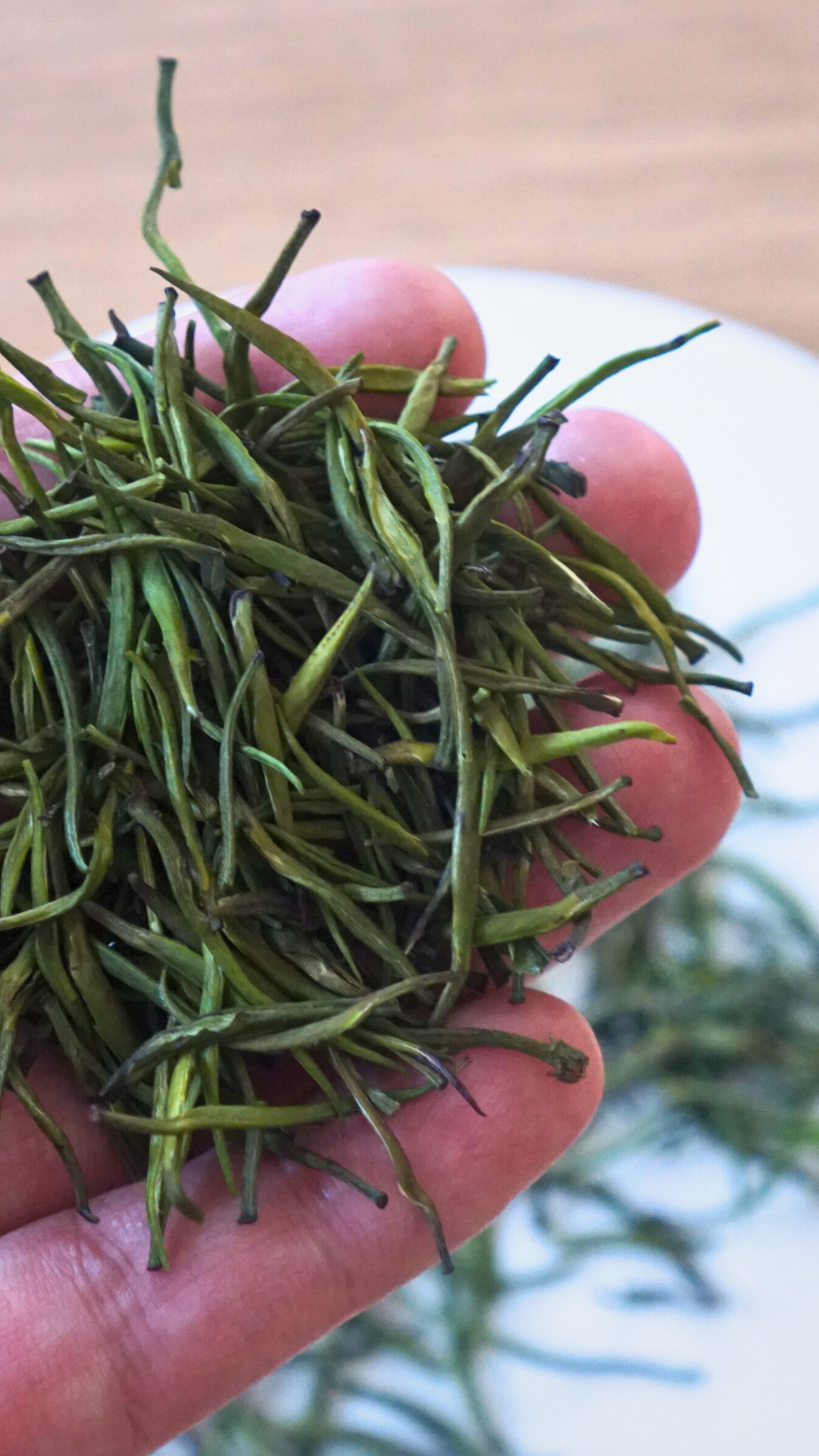
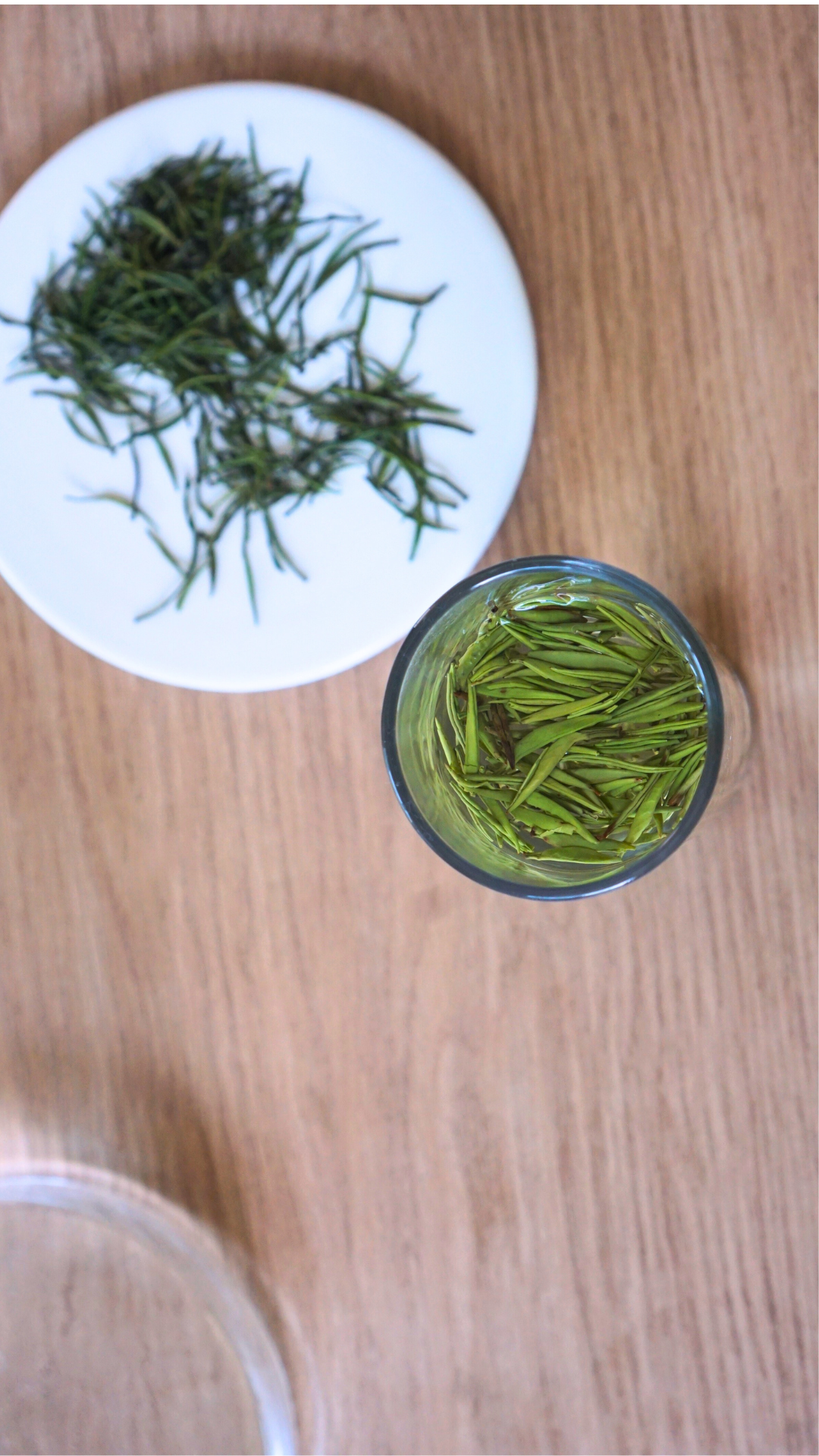
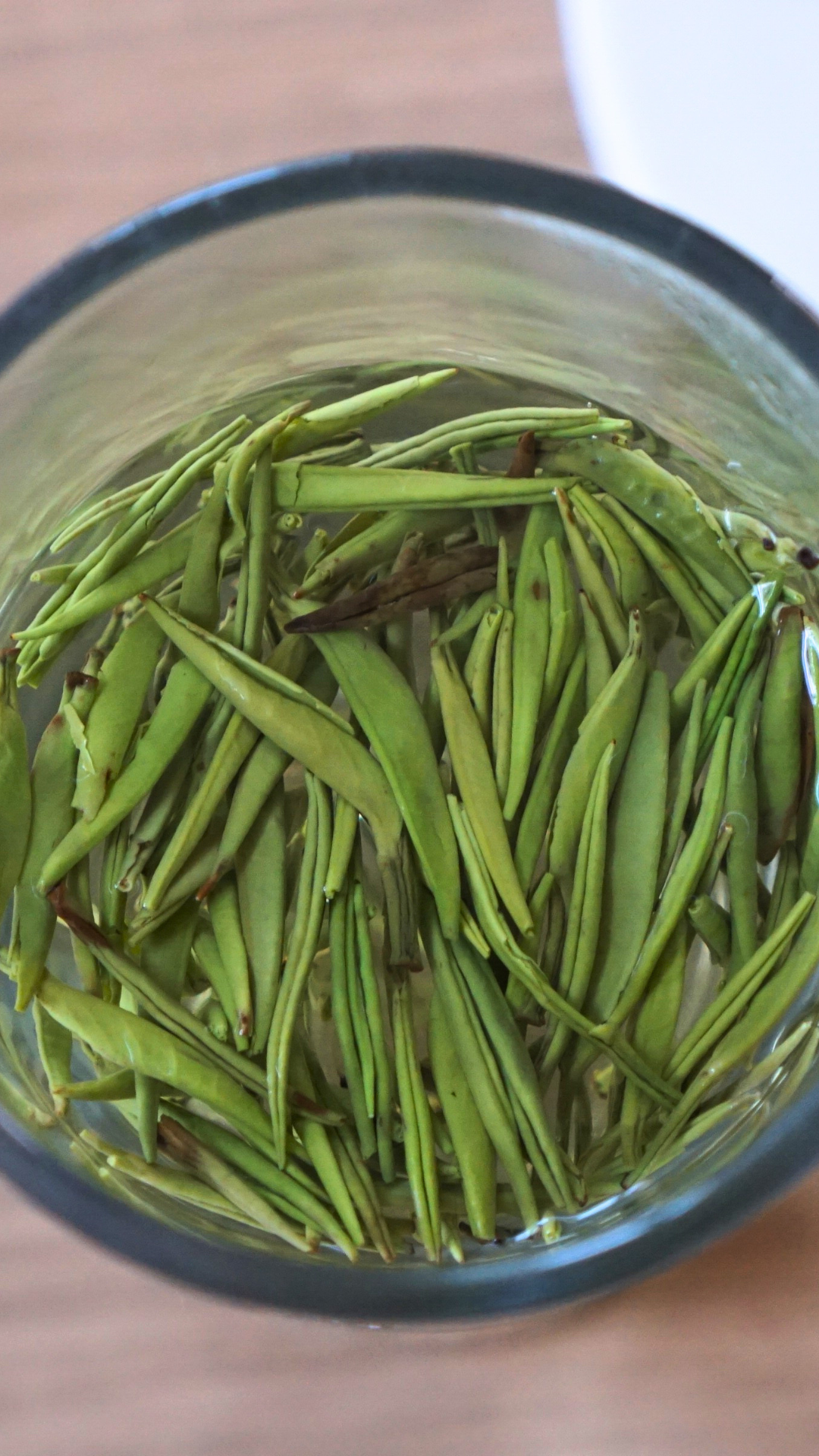
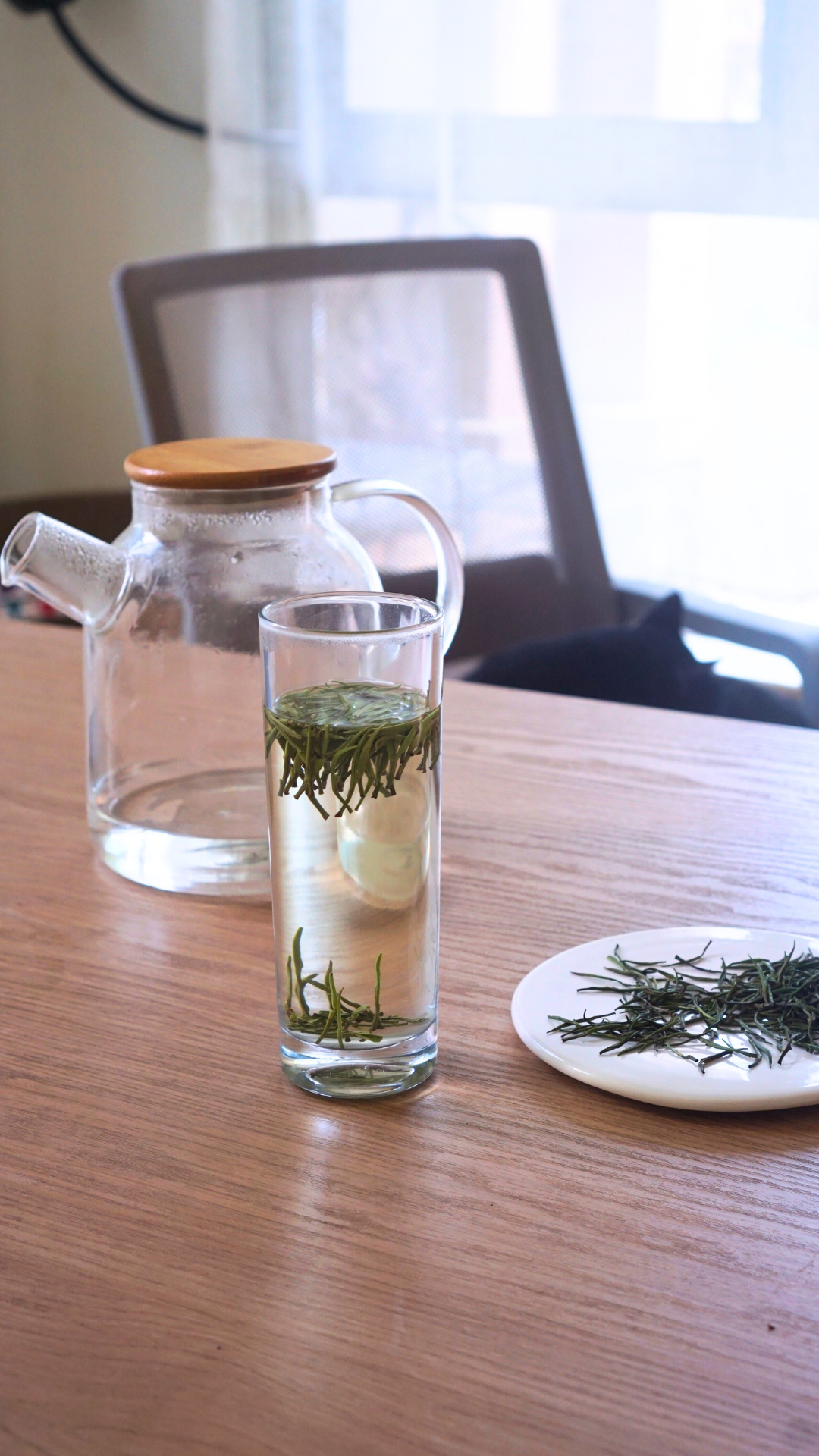
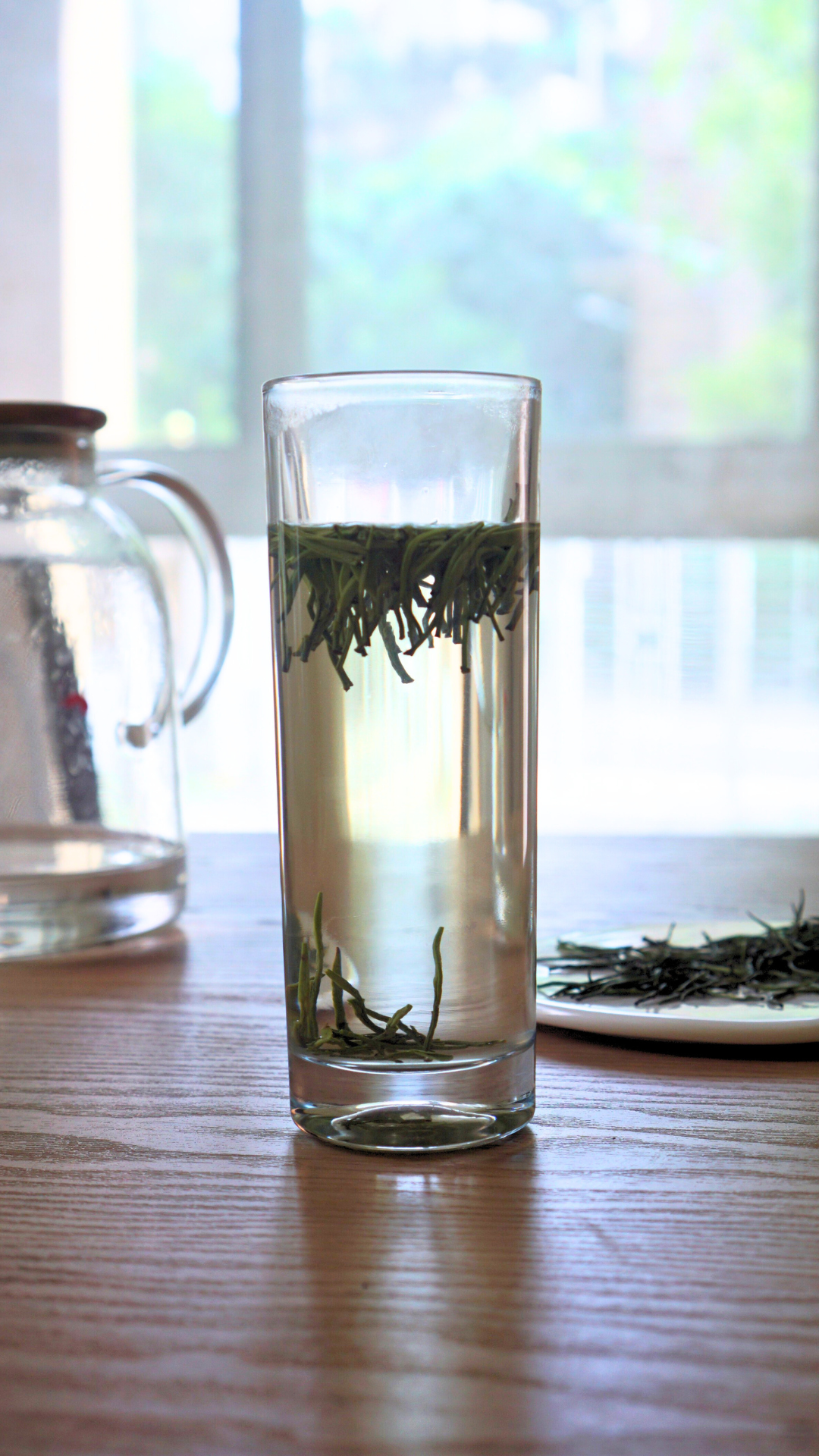
I recently tried the Gong Ya tea rich in selenium, and it’s become one of my favorites! The dried tea looks impressive with its smooth buds, and brewing it is a unique experience, especially hearing the granules in my cup! At $85, it’s pricey, but with 40,000 buds needed for 500 grams, it feels worthwhile. Highly recommend for tea lovers looking to enhance their collection!

